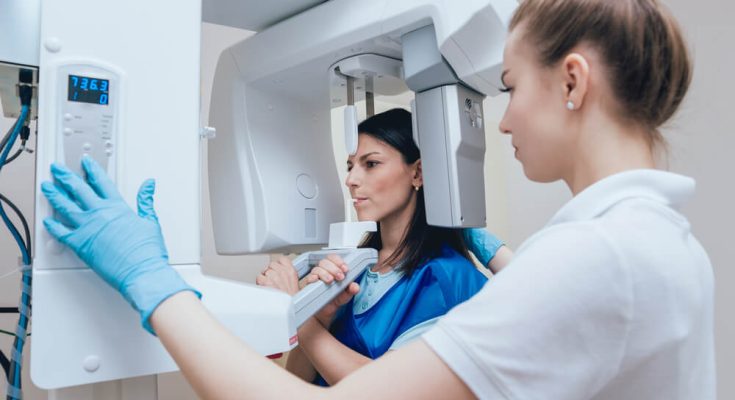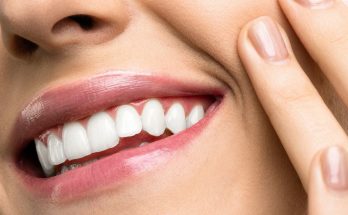X-rays are a form of electromagnetic radiation that can be used to view objects that cannot be seen by the naked human eye. They are one of the most common tools used by dentists for providing dental care in Plymouth.
X-rays allow dentists to view the inside of the human mouth and even scan the jaw in 3D without having to cut into your mouth. This way, they can diagnose problems that otherwise would be impossible for the dentist to see.
Dental X-rays reveal:
- Abscesses or cysts
A tooth abscess or cyst is a collection of pus and bacteria that has formed in the tooth. It commonly forms when your body gets infected with an infection and has its own immune system to protect the body. When the infection reaches the bloodstream, it can cause an abscess beneath your tooth. This can be easily seen on X-rays.
- Bone loss
Dentists often use X-rays to determine if there is bone loss so they can plan how to treat it. Bone loss can occur for several reasons. When that happens, the jawbone will begin to degrade and become thinner because it is no longer being used as a support for your teeth. So, it is essential to detect bone loss early on for any treatment plan to work well.
- Cancerous and non-cancerous tumors
Thanks to X-rays, dentists are able to detect small lumps that could potentially be cancerous. However, it is also equally important to detect non-cancerous tumors such as cysts. They can be large enough to cause the bone around them to collapse, which could even lead to tooth loss.
- Decay between the teeth
X-rays can reveal decay in the spaces between your teeth. This is especially important for those people who have gaps between their teeth. If a gap is not detected and filled, decay can form at the margins and eventually erode through the bone. This can damage or destroy your teeth depending on how far it spreads.
- Developmental abnormalities
Developmental abnormalities can be easily spotted with X-rays. This includes conditions like impacted wisdom teeth, an extra tooth, or a missing tooth. Impacted wisdom teeth can be difficult to detect, but X-rays can help you discover if you need to remove them.
- Poor tooth and root positions
Dentists use X-rays to assess the position and alignment of your teeth. This is because dental problems can cause your teeth to shift and misalign. Early detection is key here.




